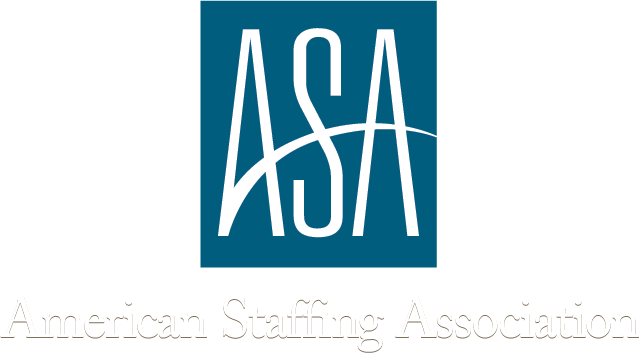Spring is typically a time of year when people freshen up their homes and workspaces, giving them functionally a clean slate. As a result, it’s the perfect time to spruce up your resume, ensuring it’s ready for your next job search or when an unexpected opportunity arises.
Fortunately, spring cleaning your resume often takes far less time than you’d expect. If you aren’t sure where to begin, here are some simple ways to spring clean your resume.
Remove Old, Irrelevant Jobs
While many professionals believe that their resume needs to chronicle their entire working lives, that isn’t the case. It’s perfectly acceptable – if not outright preferable – to remove previous entries once they’re no longer relevant. This can include entry-level positions for your current field, as you can likely cover any related skills in other parts of your work history. Additionally, you can remove jobs that aren’t connected to your career as long as they don’t result in giving the appearance of a recent gap in your work history.
Along with streamlining your resume, getting rid of job entries that no longer serve you frees up space that you can use to discuss more relevant positions. As a result, you’ll usually have an easier time positioning yourself as a strong candidate when it’s time to apply for a new job.
Review Your Formatting
Formatting recommendations for resumes change regularly, so many professionals update the document to reflect various trends. However, some of those approaches aren’t actually ideal, even if they seem visually appealing.
Resumes featuring embellishments like columns, infographics, and similar design choices aren’t easy for an applicant tracking system (ATS) to scan. As a result, you’re increasing your odds of being screened out by an ATS before a hiring manager even has a chance to view your resume.
Instead, focus on simplicity and readability. Keep the formatting traditional and use conventional headers to separate sections. Avoid large blocks of text, and make sure that there’s ample whitespace. Along with making your resume easier for an ATS to read, it ensures the hiring manager can review it with ease, which could increase your odds of landing an interview.
Spend Time Proofreading
For hiring managers, one of their biggest pet peeves is usually spelling and grammar mistakes on resumes. When there’s an error on an application, it typically leaves the hiring manager wondering if the candidate is sloppy or lacks attention to detail. As a result, many discard any resume that features errors.
Since that’s the case, the last step you should take before wrapping up your resume spring cleaning is to thoroughly proofread the document. Along with reading it through, use tools like built-in spelling and grammar checkers or third-party software solutions.
You can also ask a trusted friend to look your resume over. If you prefer not to go that route, consider using text-to-speed software. Sometimes, it’s easier to hear a mistake than see it, so using text-to-speed applications might help you catch errors you’d otherwise miss.
Contact Selectek Today!
Ultimately, freshening up your resume for spring isn’t inherently difficult, and it ensures this critical document is ready when you spot an exciting opportunity. If you’d like to learn more or are ready to launch your job search, Selectek wants to hear from you. Contact us today.


